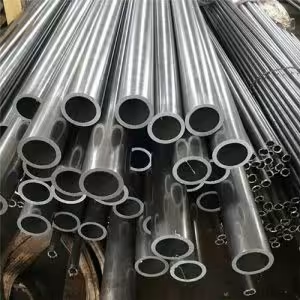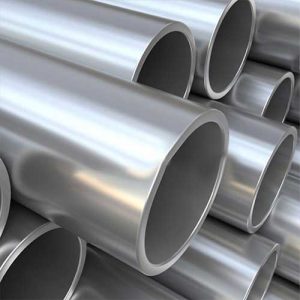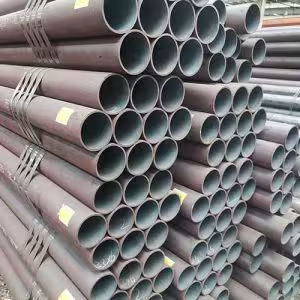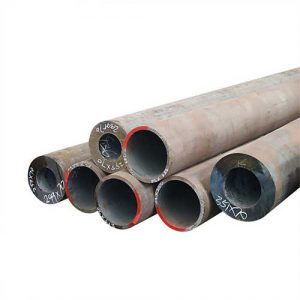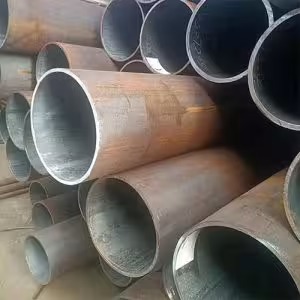Welcome to My Blog!
Before we dive into the content, I’d love for you to join me on my social media platforms where I share more insights, engage with the community, and post updates. Here’s how you can connect with me:
Facebook:https://www.facebook.com/profile.php?id=61565500692293
Now, let’s get started on our journey together. I hope you find the content here insightful, engaging, and valuable.
Table of Contents
Introduction
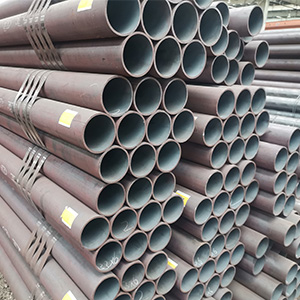
Seamless line pipes are the backbone of many industrial applications, particularly in the transportation of fluids and gases over long distances. Their seamless design provides superior strength and reliability, making them a preferred choice for many critical applications. This comprehensive guide will explore the characteristics of seamless line pipes, their manufacturing processes, and the factors that contribute to their widespread use in the industry.
Understanding Seamless Line Pipe
Definition of Seamless Line Pipe
A seamless line pipe is a type of pipe that is manufactured without a weld seam. It is crafted from a solid billet or ingot, which is heated and then pierced to create a hollow form. This process results in a pipe with a uniform cross-section and a smooth inner surface, free from the potential weaknesses associated with welded seams.
Key Features of Seamless Line Pipe
- No Weld Seam: The absence of a seam makes seamless line pipes ideal for high-pressure applications where integrity is crucial.
- Uniformity: The manufacturing process ensures a consistent wall thickness and material composition throughout the pipe.
- High Strength: Due to the uniformity and the absence of a seam, seamless line pipes can withstand higher pressures and stresses.
- Corrosion Resistance: Many seamless line pipes are made from corrosion-resistant materials or are coated to prevent corrosion, making them suitable for various environments.
Manufacturing Process of Seamless Line Pipe
Piercing Process
The manufacturing of seamless line pipes begins with the piercing of a solid billet or ingot. This is done using either a plug mill or a mandrel mill. The heated billet is pierced by a powerful press, creating a hollow form with a solid center core.
Extrusion Process
After piercing, the hollow form is then extruded. In this process, the heated hollow form is pushed through a die using a powerful ram. The die shapes the pipe to the desired dimensions, and the pipe begins to take its final form.
Drawing Process
The extruded pipe is then drawn through a series of dies to reduce its diameter and wall thickness to the desired specifications. This process also improves the surface finish and dimensional accuracy of the pipe.
Heat Treatment
Seamless line pipes often undergo heat treatment processes to enhance their mechanical properties. This can include normalization, annealing, or quenching and tempering, depending on the desired properties and end-use application.
Inspection and Testing
Finally, the manufactured seamless line pipes are inspected and tested for defects, dimensional accuracy, and compliance with industry standards. This ensures that each pipe meets the high standards required for its intended use.
Applications of Seamless Line Pipe
Oil and Gas Industry
Seamless line pipes are extensively used in the oil and gas industry for the transportation of hydrocarbons, water, and other fluids. Their high strength and corrosion resistance make them ideal for long-distance pipelines.
Chemical Processing
In the chemical industry, seamless line pipes are used to handle aggressive chemicals and substances that require high pressure and temperature stability.
Power Generation
Seamless line pipes are used in power plants for steam and water transportation, where high pressures and temperatures are common.
Construction
In construction, seamless pipes are used for structural applications and as conduits for utilities, taking advantage of their strength and durability.
Seamless Line Pipe Specifications
| Specification | Description | Importance |
|---|---|---|
| Material | Typically carbon or alloy steel, can be stainless steel for corrosion resistance | Determines the pipe’s strength and suitability for various environments |
| Wall Thickness | Varies based on application, from thin-wall to heavy-wall | Affects the pipe’s pressure capacity and structural integrity |
| Diameter | Ranges from small bore to large diameter | Influences the flow rate and application suitability |
| Surface Finish | Smooth inner and outer surfaces | Minimizes friction and potential for corrosion |
| Length | Typically available in standard lengths, can be customized | Affects the ease of installation and transportation |
Case Studies and Real-World Applications
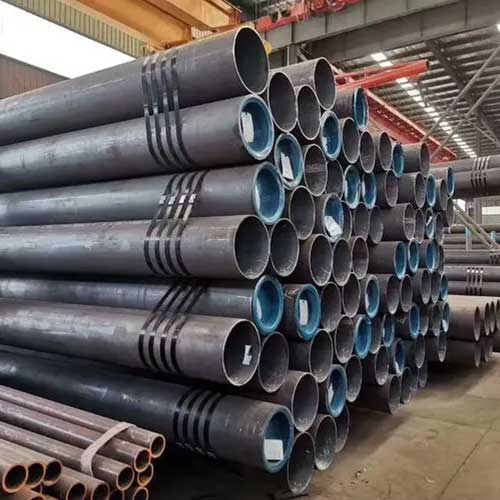
1. Long-Distance Oil Pipelines
Seamless line pipes are used in long-distance oil pipelines due to their ability to withstand high pressures and the corrosive nature of crude oil.
2. Chemical Plant Piping Systems
In chemical plants, seamless line pipes are used to construct piping systems that handle chemicals, which require high pressure and temperature stability.
3. Power Plant Conduits
Seamless line pipes are used in power plants to transport steam and other fluids at high pressures, often in environments where failure is not an option.
4. Structural Support in Construction
In construction, seamless line pipes are used as structural support elements, taking advantage of their high strength and ability to withstand heavy loads.
Conclusion
Seamless line pipes are a critical component in many industries due to their superior strength, reliability, and corrosion resistance. Their manufacturing process, which involves piercing, extrusion, drawing, and heat treatment, ensures a uniform and high-quality product. As the demand for reliable and efficient piping solutions continues to grow, seamless line pipes will remain a cornerstone in the field of industrial piping.
FAQ
What is a seamless line pipe?
A seamless line pipe is a type of pipe manufactured without a weld seam, providing superior strength and reliability for high-pressure applications.
How are seamless line pipes manufactured?
Seamless line pipes are manufactured through a process that includes piercing, extrusion, drawing, and heat treatment, ensuring a uniform and high-quality product.
What are the key features of seamless line pipes?
The key features include no weld seam, uniformity, high strength, and corrosion resistance, making them suitable for various environments and applications.
What are the main applications of seamless line pipes?
The main applications include the oil and gas industry, chemical processing, power generation, and construction, where high pressure, temperature stability, and corrosion resistance are required.
What are the main specifications to consider when selecting seamless line pipes?
Key specifications include material, wall thickness, diameter, surface finish, and length, which determine the pipe’s suitability for specific applications and environments.



